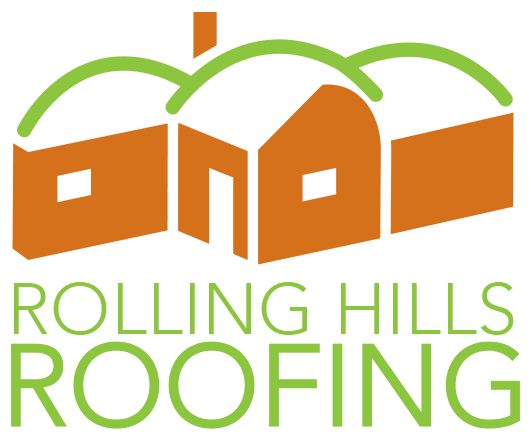How your roof protects your home from winter weather
Welcome back to our weekly series on roofing anatomy. We’re breaking down the different parts of your roof step by step to help you understand your roof and make smart decisions about protecting your home.
This week, we’re covering an important part of what covers your home: the eaves (AKA. The lowest few feet of your roof).
Hiding behind those gutters you’ll find ventilation and several other features that protect your home. These features accomplish several important goals:
Preventing damage from ice buildup on the edge of your roof
Properly draining water away from your home or building
Allowing air into the attic to decrease moisture and maintain a proper temperature
There are four parts to your roof edge that we’re going to focus on today: roof fascia, gutters, drip edge, and the ice and water shield.
What is roof fascia?
Above: Roof fascia sits behind your gutters.
Roof fascia is the trim that borders outside edge of your roof. You’ll see the fascia board behind your gutters and up the sloped edge of your roof.
Fascia provides some protection to your soffits and is typically made of wood, but may also be made of composite material or metal.
If roofing material is improperly installed, moisture can ruin the fascia board. That’s ugly and hard to repair without disturbing the rest of your roof. However, there’s one important piece of your roof that protects the fascia from water damage: the drip edge.
What is a drip edge?
Above: Drip edge applied to the roof.
We use the most effective style of drip edge, Type D.
A drip edge is a small strip of metal that runs along the edge of your roof and transitions between the sloped portion of your roof and the fascia.
As water runs off of the last shingles, the surface tension of the water makes it “stick” to the edge of your roof. Without a drip edge, water would run down the roof fascia and cause damage.
The drip edge puts a gap in between the fascia and the path of the water, safely directing it into the center of your gutters.
What about my gutters, do they matter?
Above: Clogged gutters caused by leaves and moss can contribute to ice damming and gutter overflows.
Your roof gutters are important for several reasons. Number one, they direct water away from your home.
You’d be surprised at how much water comes down during a good rainfall here on the Palouse. All of that water can be safely directed away from your home thanks to your gutters and downspouts.
When winter weather hits, we have a new problem: water can freeze on the edge of your roof and create something called an “ice dam”.
An ice dam is a wall of frozen ice that prevents melted snow from draining and creates a pool of water on your roof. That water can back up underneath the shingles and leak through into your attic.
We see a lot of these in Moscow and Pullman with how often the snow melts and freezes again during the winter. Because these are so common here, we use a special product called an ice and water shield to protect your roof.
What is an ice and water shield?
Above: We install ice and water shield standard on all of our roofs!
An ice and water shield is a layer of thick material we apply to the eaves and roof valleys. If any water makes it underneath the shingles, this prevents it from damaging the roof deck or entering your attic.
Building codes in Moscow require ice and water shield to extend 24 inches past the insulated area of the house. Typically that means that the lowest 6 feet of your roof slope get this extra protection.
While ice dams are pretty common here, there is a feature of your ventilation that helps prevent them: the soffit vent.
What are soffit vents?
Above: You can see ventilation holes that let cool air flow into the attic.
Proper ventilation hand in hand with proper insulation minimizes ice damming.
A soffit is one part of that proper ventilation. Soffit vents are located on the underside of your roof eaves.
This is important for several reasons.
When air is pulled through the soffits and out the peak of the roof, it keeps the attic space cool in the winter, which prevents ice dams.
Ventilation also helps with moisture control in the attic. Moisture and condensation in the attic can lead to mold and wood rot. Fresh air flowing through the attic helps keep the air dry and gives moisture a place to evaporate and exit through ridge vents.
If your home doesn’t have one, don’t be alarmed- certain styles of home (such as Craftsman) may not have soffit vents, as they have finished spaces upstairs instead of full attics.
Some homes have vaulted or cathedral ceilings and may not be vented at all, though this is less common.
It’s important to consider the ventilation your house requires. Improper ventilation can quickly cause severe damage to your home such as mold or wood rot. It’s also critical to keeping the inside of your home comfortable.
Is my roof ventilated properly?
We created a guide that will walk you through a self inspection of your roof. You can download it here.
If you would rather have a professional inspect your roof, you can schedule a free inspection in under 60 seconds through our site here.
Or, give us a call at (208) 301-6173 for a quick chat about your situation. We’re always happy to talk with homeowners in Moscow & Pullman!






